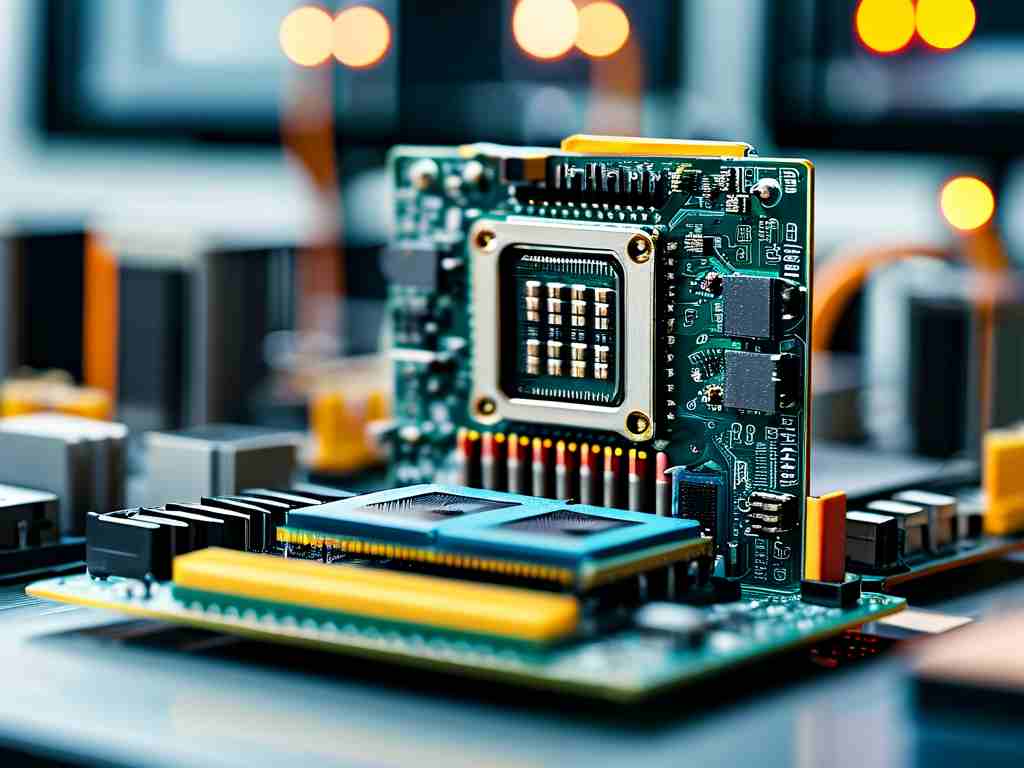Embedded development involves creating software for specialized hardware like microcontrollers, sensors, or IoT devices, where resources are limited and real-time performance is crucial. Traditionally, languages like C or C++ dominated this field due to their low-level control and efficiency. However, the question arises: can Java, a high-level, object-oriented language, find a place in such constrained environments? The answer is yes, but with significant caveats and adaptations that make it a viable yet not always optimal choice.

Java's journey into embedded systems began with Java ME (Micro Edition), designed specifically for resource-constrained devices. Released in the late 1990s, Java ME stripped down the standard Java SE features to fit devices with minimal memory, such as feature phones or early smart appliances. This version included profiles like CLDC (Connected Limited Device Configuration) for very small devices and CDC (Connected Device Configuration) for slightly more capable hardware. For instance, developers could write applications for set-top boxes or industrial controllers using Java ME, leveraging its "write once, run anywhere" philosophy to deploy code across diverse platforms without recompilation. This portability remains a key strength, as it simplifies development cycles and reduces cross-platform testing efforts, especially in fragmented IoT ecosystems.
Despite these advantages, Java faces hurdles in embedded contexts. One major issue is performance overhead. Java runs on a virtual machine (JVM), which introduces layers of abstraction that can slow down execution compared to natively compiled languages like C. In real-time systems, where microseconds matter, this latency might cause missed deadlines or unreliable behavior. Additionally, the memory footprint of the JVM itself can be prohibitive. While modern embedded Java implementations, such as those from Oracle's Java Embedded or open-source alternatives like Eclipse OpenJ9, have optimized for smaller footprints (e.g., under 10MB), they still struggle in ultra-low-memory devices with just kilobytes of RAM. For example, a simple sensor node might not afford the luxury of a full JVM, making C a better fit for raw efficiency.
Another challenge is the lack of direct hardware access. Java's sandboxed environment enhances security by preventing unauthorized operations, but it complicates tasks like manipulating registers or handling interrupts directly. Developers often resort to native interfaces (JNI) to bridge Java with C code, adding complexity and potential bugs. Consider a smart thermostat project: while Java could handle the user interface logic smoothly, integrating with temperature sensors might require JNI calls, increasing development time and risk. Moreover, real-time requirements in automotive or medical devices often necessitate deterministic responses that Java's garbage collection pauses can disrupt, though solutions like real-time Java (RTSJ) extensions aim to mitigate this with specialized garbage collectors.
On the flip side, Java excels in scenarios where rapid development and maintainability outweigh raw speed. For IoT applications, Java's rich libraries and frameworks, such as those for networking or data processing, accelerate prototyping. Tools like Java Card enable secure applets for smart cards, while platforms like Raspberry Pi run full Java SE for educational or hobbyist projects. A practical code snippet illustrates this: a basic Java program for an embedded Linux device can blink an LED using GPIO pins. Here's a simplified example using Pi4J library:
import com.pi4j.io.gpio.*;
public class EmbeddedLED {
public static void main(String[] args) throws InterruptedException {
GpioController gpio = GpioFactory.getInstance();
GpioPinDigitalOutput pin = gpio.provisionDigitalOutputPin(RaspiPin.GPIO_01, "LED", PinState.LOW);
while (true) {
pin.toggle();
Thread.sleep(1000); // Blink every second
}
}
}
This snippet shows Java's ease in handling hardware interactions through libraries, though it relies on underlying OS support and may not suit bare-metal systems.
Looking ahead, Java's role in embedded is evolving with trends like edge computing. Frameworks such as MicroEJ or Quarkus offer lightweight, containerized Java runtimes that minimize overhead, making Java feasible for modern wearables or industrial automation. Companies like Siemens use Java in PLCs for its robustness in complex logic, while open-source communities drive innovations in energy-efficient JVMs. Ultimately, Java can be a powerful tool in embedded development when paired with the right hardware and optimizations, but it demands careful consideration of trade-offs like performance versus productivity. As technology advances, Java might gain ground, but for now, it remains a complementary option rather than a universal solution in this demanding domain.









